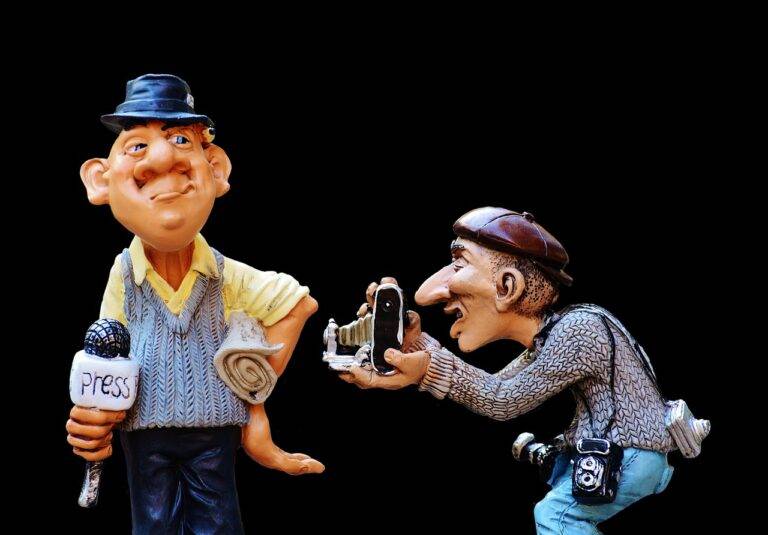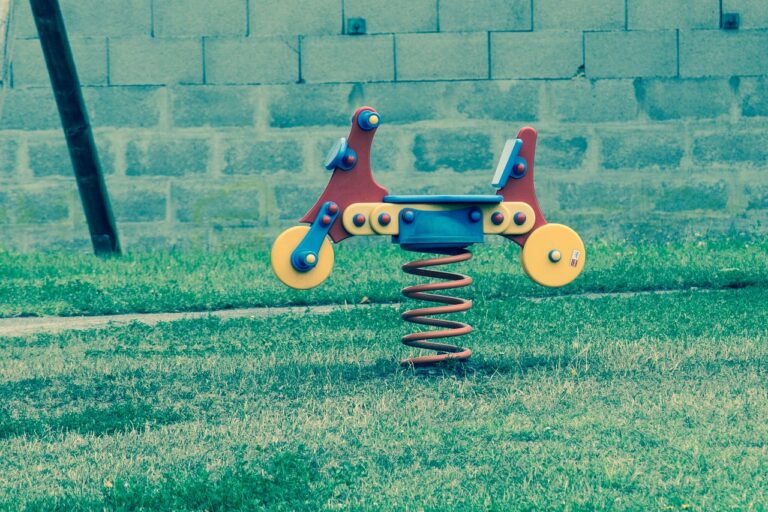The Art of Film Editing: Crafting Narratives and Emotions Through Cuts
Film editors play a crucial role in the post-production process of filmmaking. They are responsible for selecting and piecing together raw footage to create a coherent and engaging final product. The editors work closely with directors and producers to bring the vision of the film to life through the art of editing.
Through the use of various editing techniques, such as cutting, sequencing, and transitioning between shots, film editors are able to manipulate the pace and flow of the film. This involves not only assembling the footage in a logical and compelling manner but also ensuring that the editing enhances the overall storytelling and emotional impact of the film.
• Film editors are essential in shaping the narrative and structure of a film
• They work closely with directors to achieve the desired vision for the final product
• Editing techniques such as cutting and sequencing help create a cohesive story
• Editors also play a crucial role in enhancing the emotional impact of a film through their editing choices
The Evolution of Film Editing Techniques
Film editing techniques have undergone a significant transformation over the years. In the early days of cinema, editing was primarily linear, with scenes presented one after the other in a straightforward manner. As technology advanced, editors began experimenting with different ways to cut and splice footage to create more dynamic storytelling. This experimentation led to the development of techniques such as jump cuts, cross-cutting, and parallel editing, which added depth and complexity to film narratives.
With the advent of digital editing software, filmmakers gained even more control over the editing process. Non-linear editing systems revolutionized the way films were edited, allowing editors to easily rearrange, trim, and manipulate footage with precision. This new flexibility in editing techniques opened up endless creative possibilities for filmmakers, enabling them to craft stories in a more visually compelling and immersive way. As editing tools continue to evolve, the boundaries of what is possible in film editing are constantly being pushed, leading to groundbreaking new techniques and styles in the world of cinema.
The Importance of Pacing in Film Editing
Pacing in film editing is a crucial element that directly impacts the overall viewing experience. It involves the careful manipulation of timing and rhythm to create a sense of flow and engagement for the audience. By controlling the speed at which scenes unfold, editors are able to build tension, evoke emotions, and guide the narrative in a way that keeps viewers immersed in the story.
One of the main goals of pacing in film editing is to maintain a balance between fast-paced and slower moments to ensure that the film remains dynamic and engaging. Effective pacing can help to build suspense during intense scenes, provide moments of relief or reflection, and create a sense of anticipation for what is to come. By mastering this aspect of film editing, editors have the power to enhance the storytelling process and leave a lasting impact on the audience.
What is the role of film editors in the filmmaking process?
Film editors are responsible for assembling raw footage into a coherent and engaging story, making editorial decisions on shot selection, pacing, and overall narrative flow.
How have film editing techniques evolved over time?
Film editing techniques have evolved from the early days of linear editing to non-linear editing systems, allowing editors to manipulate footage more easily and experiment with different pacing and storytelling techniques.
Why is pacing important in film editing?
Pacing is crucial in film editing as it can greatly impact the viewer’s experience. The pace of a film can affect how engaging, emotional, or suspenseful a scene or sequence is, and ultimately, how the overall story is perceived.







